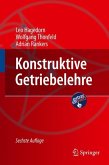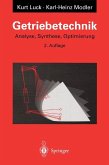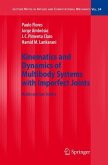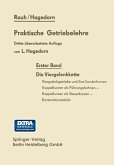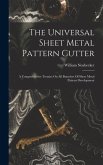Major progress has been made in the field of driveshafts since the authors presented their first edition of this unique reference work. Correspondingly, major revisions have been done for second edition of the German Textbook (Springer 2003), which is present here in the English translation.
The presentation was adjusted, novel improvements of manufacturing and design are described, and modern aspects of production are incorporated. The design and application of Hooke's joint driveshafts is discussed as well as constant velocity joints for the construction of agricultural engines, road and rail vehicles.
This work can be used as a textbook as well as a reference for practitioners, scientists, and students dealing with drive technology.
The presentation was adjusted, novel improvements of manufacturing and design are described, and modern aspects of production are incorporated. The design and application of Hooke's joint driveshafts is discussed as well as constant velocity joints for the construction of agricultural engines, road and rail vehicles.
This work can be used as a textbook as well as a reference for practitioners, scientists, and students dealing with drive technology.


